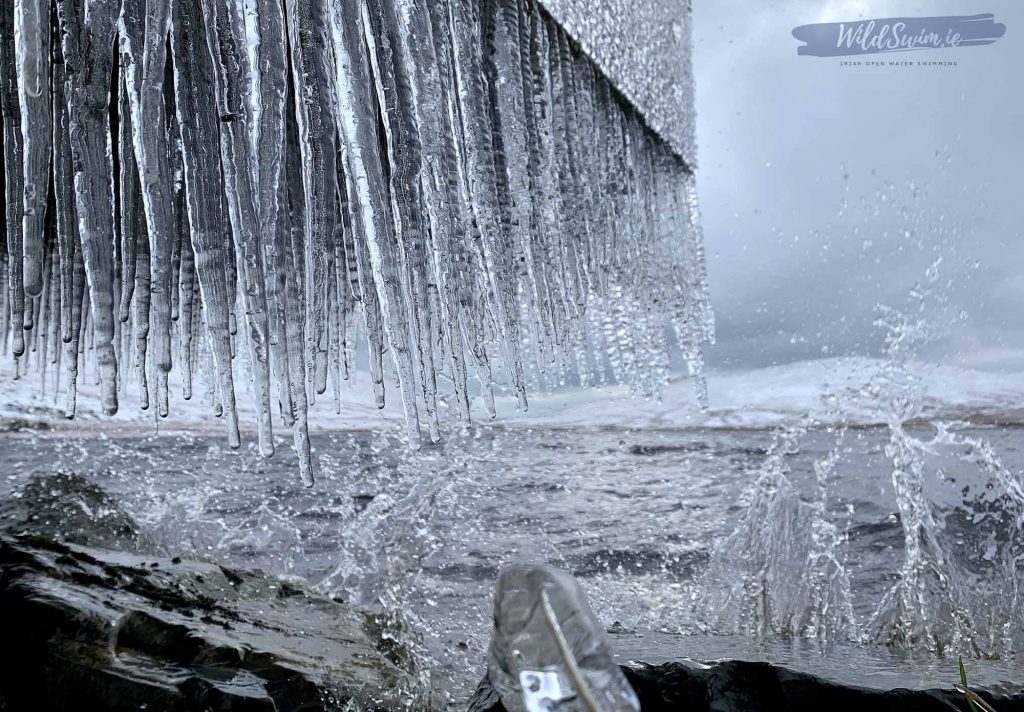
words Maureen McCoy, photography Paul McCambridge
As the air and water temperature drops and the number of swimmers who have discovered #outdoor, #open water or #wild swimming in these crazy two years rises, please remember that although it’s fun and makes us feel great there are serious risks: Cold Shock, Swim Incapacitation and Hypothermia
With the Festive season upon us the Christmas or New Years Dip can be a great way to pop your toe in for the first time. It’s exciting and exhilarating to be in a large group with your festive hat on, perhaps even in fancy dress, preparing to rush to the water!
But; It will be cold, very cold!
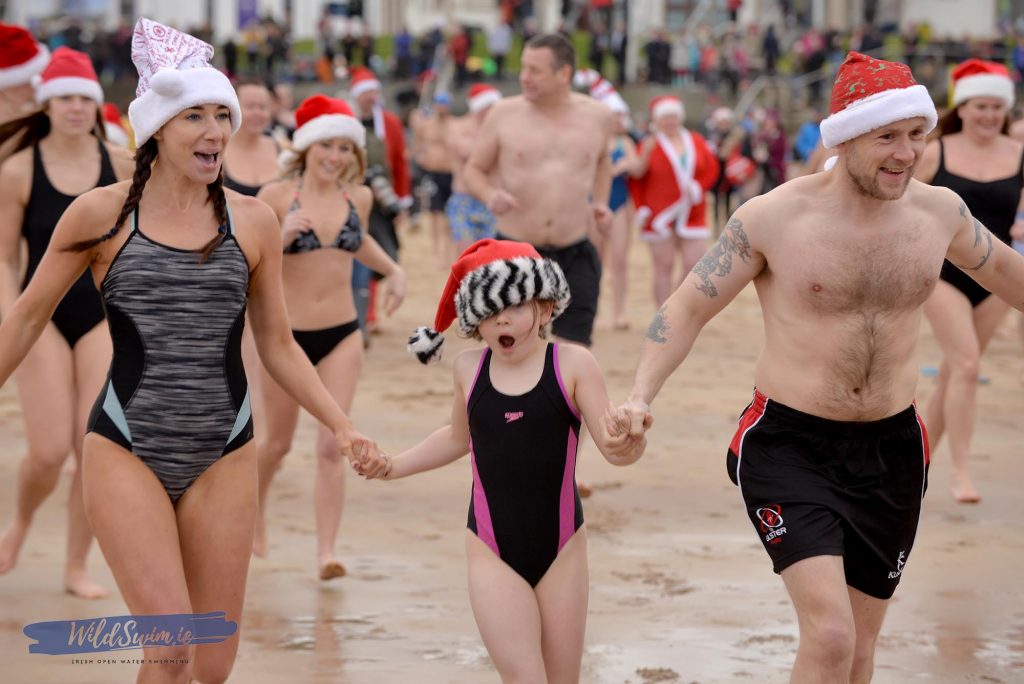
Cold Water Shock
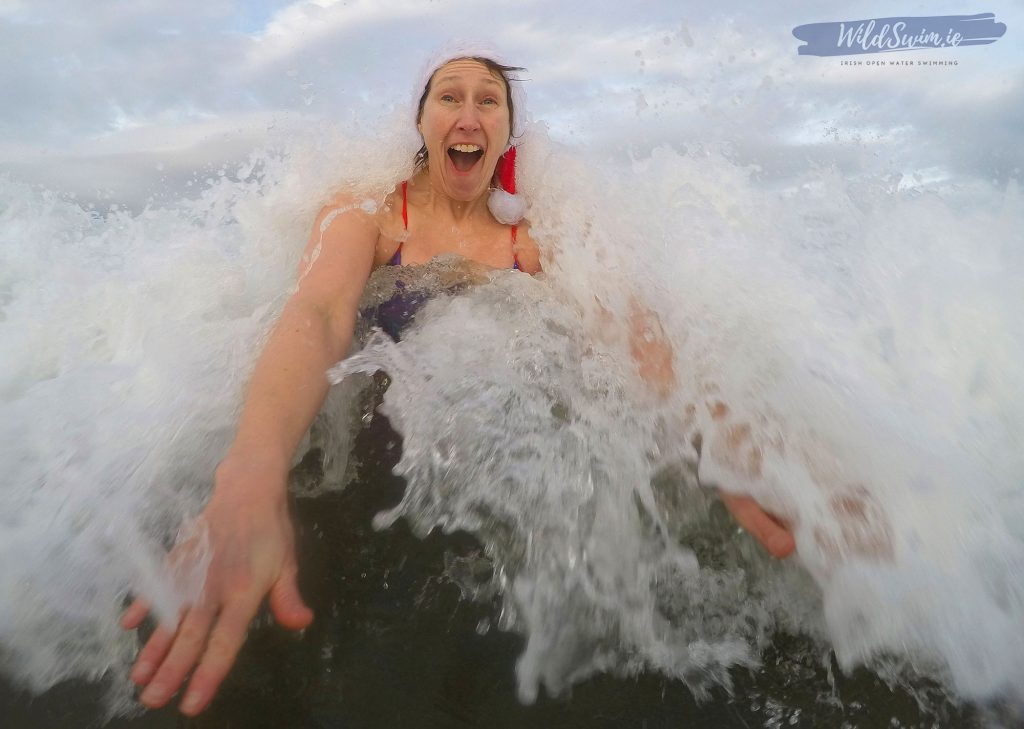
As soon as you hit the water you will likely gasp, your breathing rate will increase, your heart rate and blood pressure will rise sharply, you may feel a sense of panic – this is the bodies response to cold immersion – the cold shock response.
If you jump in or dive in head-first this involuntary gasp will happen under the water – meaning you inhale water and drown. Even if it’s shallow.
The solution?
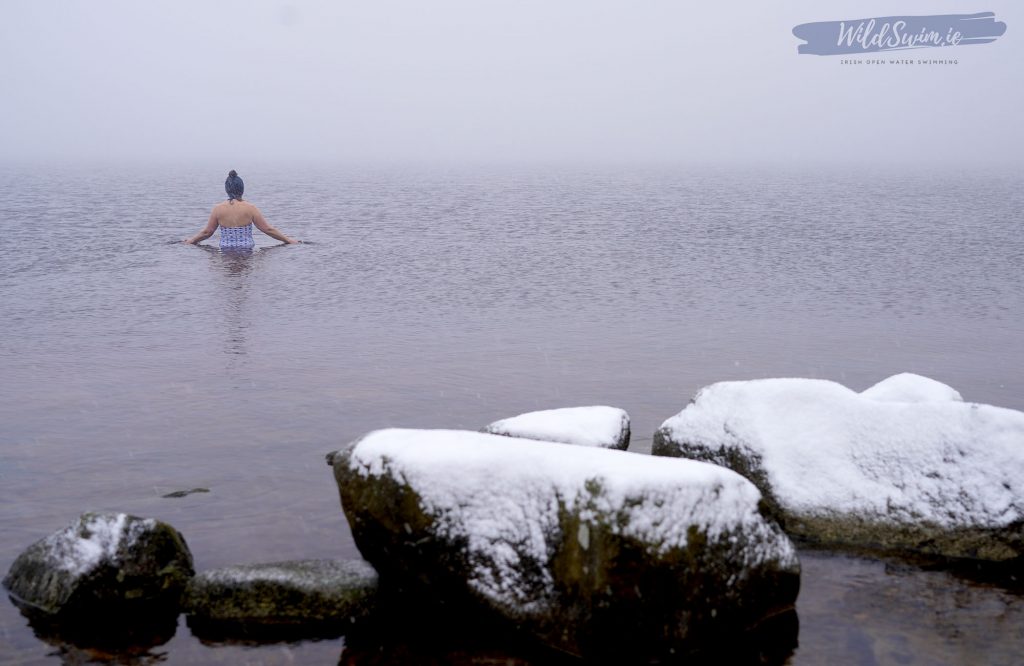
Walk in, take the time to splash your arms, face and neck. Focus on your breathing – breathing out – and don’t try to swim until this and your heart rate have begun to settle. This acclimatising may take several minutes, give yourself space and time to go through the process and laugh, shout, sing or squeal if you wish!
If there are waves the day of your dip or you are in a large crowds’ rush to the water, you could get knocked over so make sure you have the space to enter under your own terms! If you are nervous or unsteady hold a friends hand and walk in rather than rushing with the crowd.
For Festive Dips remember, you don’t HAVE to swim! The whole point is that you are braving the cold – that means even if you stand in your cossie and Santa hat and only make it into your ankles – that’s ok!
Swim Incapacitation
If you do stay in and swim you will be losing heat constantly so limit your time. Swim incapacitation can happen to ANY swimmer. Whether you’re a seasoned outdoor swimmer or new to it, your muscles and nerves are cooling, they cannot function as effectively and after time you will simply not be able to keep yourself up.
For some this is a gradual process, they can monitor their reactions and know when to leave the water. For others there is little warning, they may suddenly become extremely cold, find it difficult to move their arms to keep swimming or get to safety. It could start as a sense of panic, difficulty breathing. All these are signs of incapacitation which ultimately leads to swim failure and drowning.
The solution?
Learn your own reactions, monitor yourself, any little “tells” that show you are losing your swim ability – claw hands/ cold lips and difficulty talking/ reduced strength while swimming/ sporadic or laboured breathing/ heavy arms/ legs sinking… leave the water before these become a serious problem.
If you are new to winter swimming, don’t stay in too long, a few minutes is enough, you can gradually increase as you learn your own tolerances. Don’t focus on the myth “a minute per degree…” this is not a goal! For some a couple of minutes is quite enough. Be cautious and learn your own tolerances.
After-drop
Your core temperature will continue to drop, often for 20 minutes after your swim so get dried quickly and dress in warm layers. Put on a hat and sip a warm drink – it makes you feel so much better! Don’t worry about the shivers, this is your bodies way of generating heat, just make sure your tea’s not too hot! (ie burnt lips/ tongue or hands if you spill with the shivers!)
Jumping straight into a hot shower is not a good idea – if your core has cooled then the blood pressure is likely to plummet and swimmers have often passed out. Even as you re-warm gradually your blood pressure may drop and could leave you liable to faint, so again, be aware of your own reactions and develop a routine that works for you.
A quick winter dip is not to be rushed!
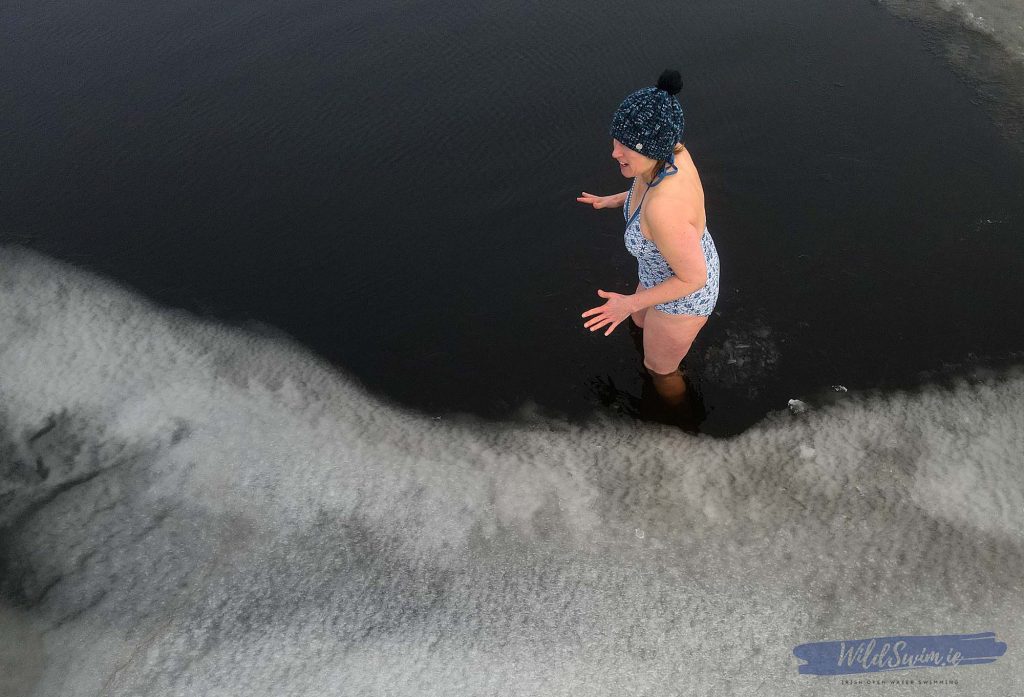
The crux to keeping yourself safe and enjoying your winter swims is take your time getting in, keep the swim short in time and distance and take the time to re-warm safely.
Swim within your depth – swim incapacitation can and does happen to ANY swimmer, it is simply a matter of time.
Swim parallel to shore – within easy access to your exit point.
NEVER swim alone
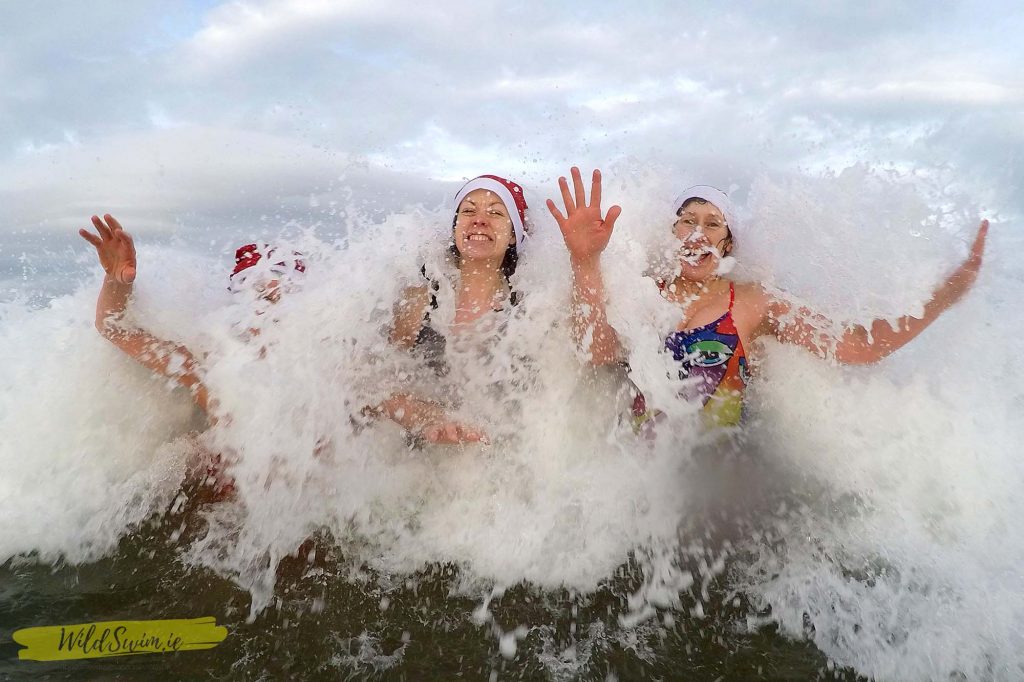
Save the long swims for the summer season and enjoy short, invigorating winter dips with good company and coffee/ tea/ hot chocolate after!
Enjoy Safe Winter Swims!
#SwimSense #SwimSafe #SafeOutdoorSwimming


